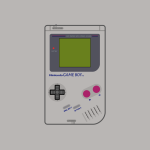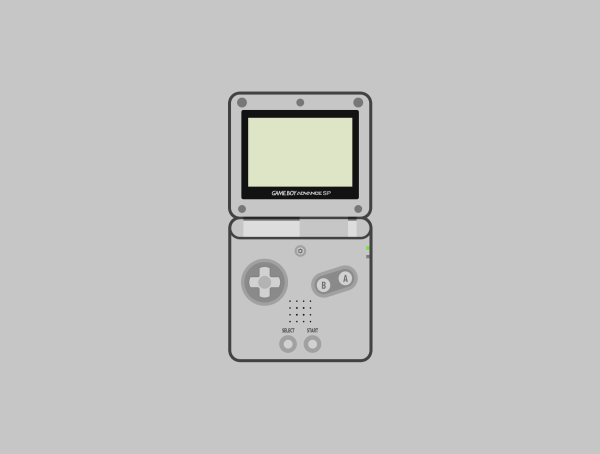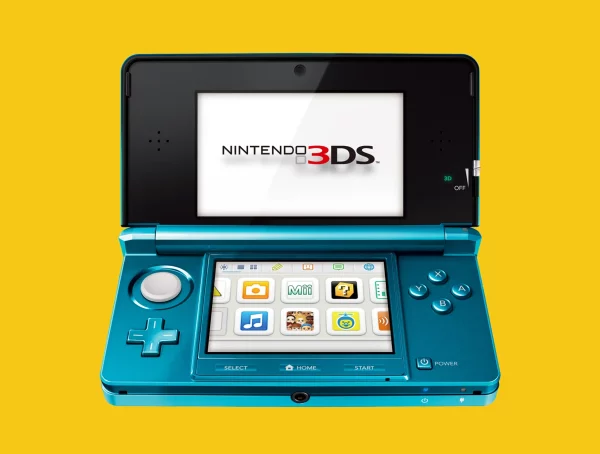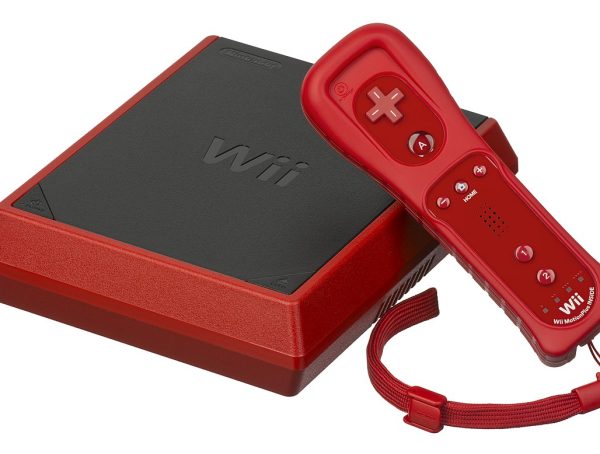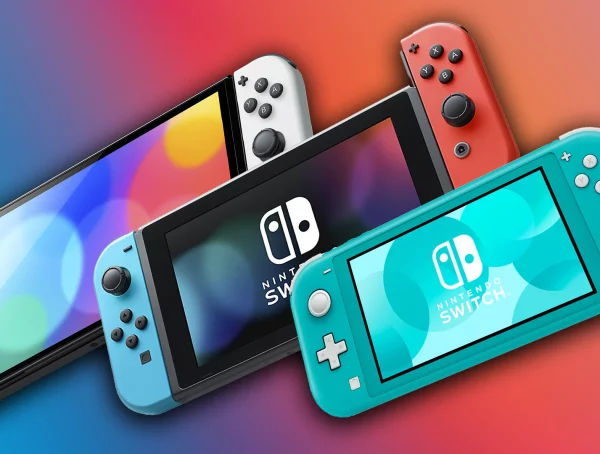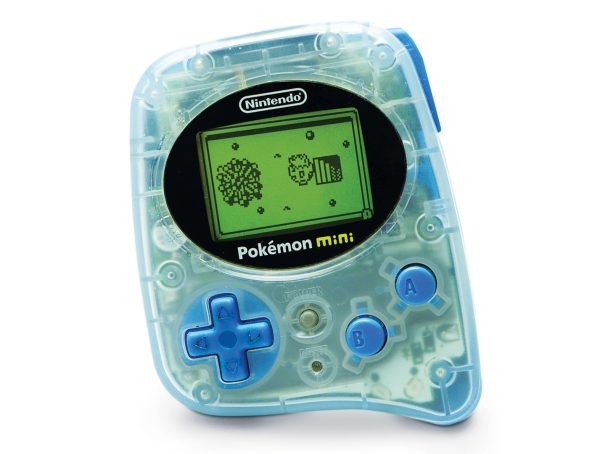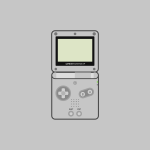The Nintendo DS, launched in 2004, marked a bold and innovative step in the world of handheld gaming. With its dual-screen setup, touchscreen interactivity, and backward compatibility, the DS not only redefined portable gaming but also paved the way for future devices like the Nintendo 3DS and Switch.
Nintendo DS History
Development and Launch
Nintendo unveiled the Nintendo DS (“Developer’s System” or “Dual Screen”) in 2004, following the huge success of the Game Boy Advance. Initially seen as a “third pillar” alongside the GameCube and GBA, the DS quickly evolved into a dominant platform in its own right.
Launched on:
- November 21, 2004 in North America
- December 2, 2004 in Japan
- March 11, 2005 in Europe
The DS was a response to growing competition, particularly from Sony’s PlayStation Portable (PSP). Nintendo opted for innovation over sheer power, introducing new ways to play via the touchscreen, microphone, and Wi-Fi capabilities.
Key Features
- Dual Screens (DS): A top screen for viewing and a bottom touchscreen for interaction.
- Built-in microphone: Enabled voice commands in games.
- Wi-Fi (IEEE 802.11): Allowed online multiplayer and local wireless play.
- Backward compatibility: Could play Game Boy Advance games.
- PictoChat: A pre-installed app for local chat using handwriting.
Technical Specifications (Original Nintendo DS)
| Feature | Specification |
|---|---|
| CPU | ARM946E-S (67 MHz) + ARM7TDMI (33 MHz) |
| RAM | 4 MB RAM |
| Display | Two 3-inch LCDs (256×192 pixels each) |
| Touchscreen | Bottom screen (resistive) |
| Audio | Stereo sound + built-in mic |
| Connectivity | Wi-Fi (802.11), proprietary charger |
| Game Media | DS Card (up to 512 MB), GBA cartridges |
| Battery Life | 6–10 hours |
| Weight | ~275 grams |
Nintendo DS Versions
Nintendo released several hardware revisions of the DS, each improving design, functionality, or features.
1. Nintendo DS (Original / Phat) – 2004
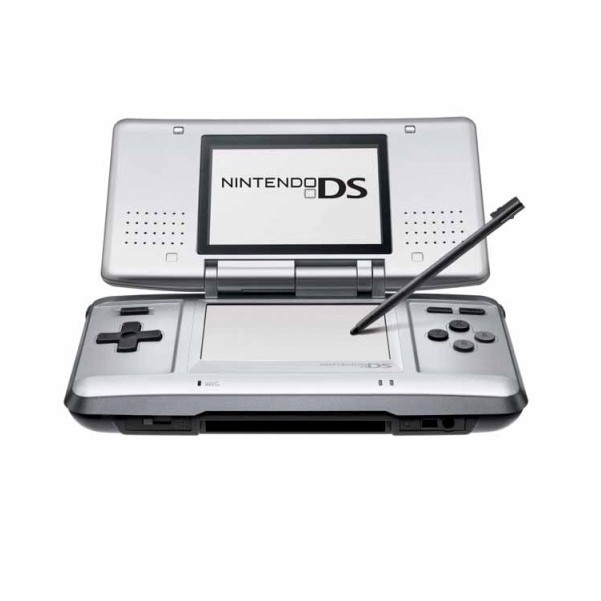
- The first model, with a bulky silver design.
- Criticized for its size and dim screen.
- Laid the foundation for all future dual-screen consoles.
2. Nintendo DS Lite – 2006
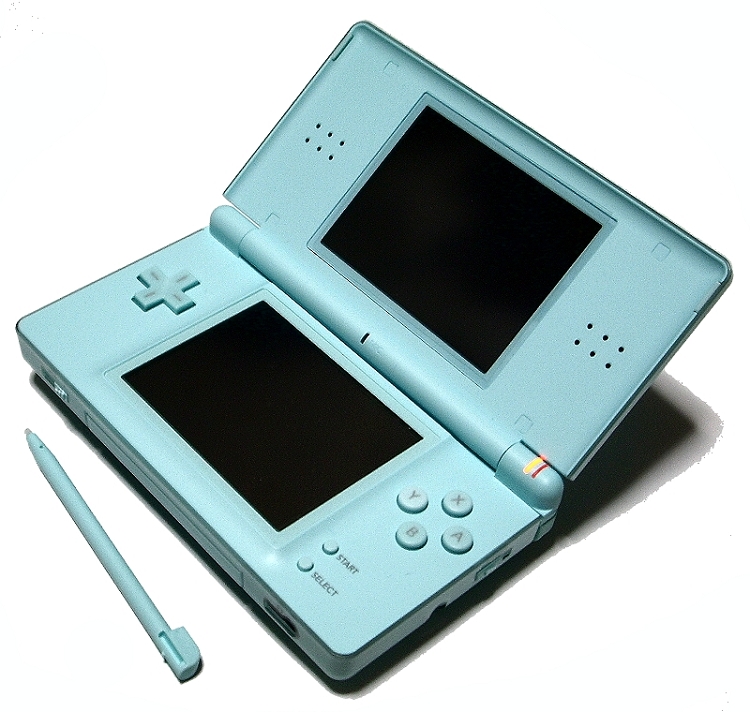
- Sleeker, lighter, and brighter.
- Improved battery life (15–19 hours).
- Became the most popular DS version.
| Weight | ~218g |
| Battery Life | 15–19 hours |
3. Nintendo DSi – 2008
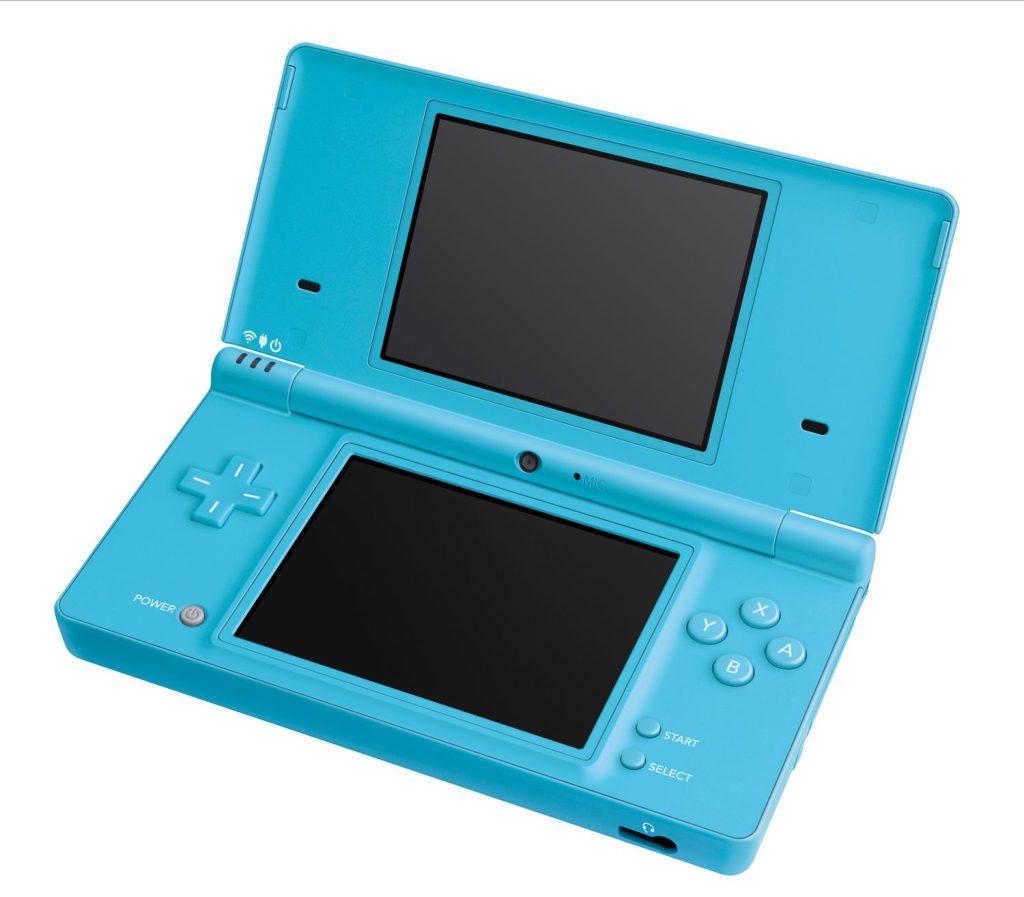
- Removed GBA cartridge slot.
- Added two cameras (one front-facing, one back).
- Introduced DSiWare, a digital game and app store.
- Had a faster processor and more RAM.
| Cameras | 0.3 MP (front and back) |
| Memory | 16 MB RAM, 256 MB internal flash |
4. Nintendo DSi XL – 2009
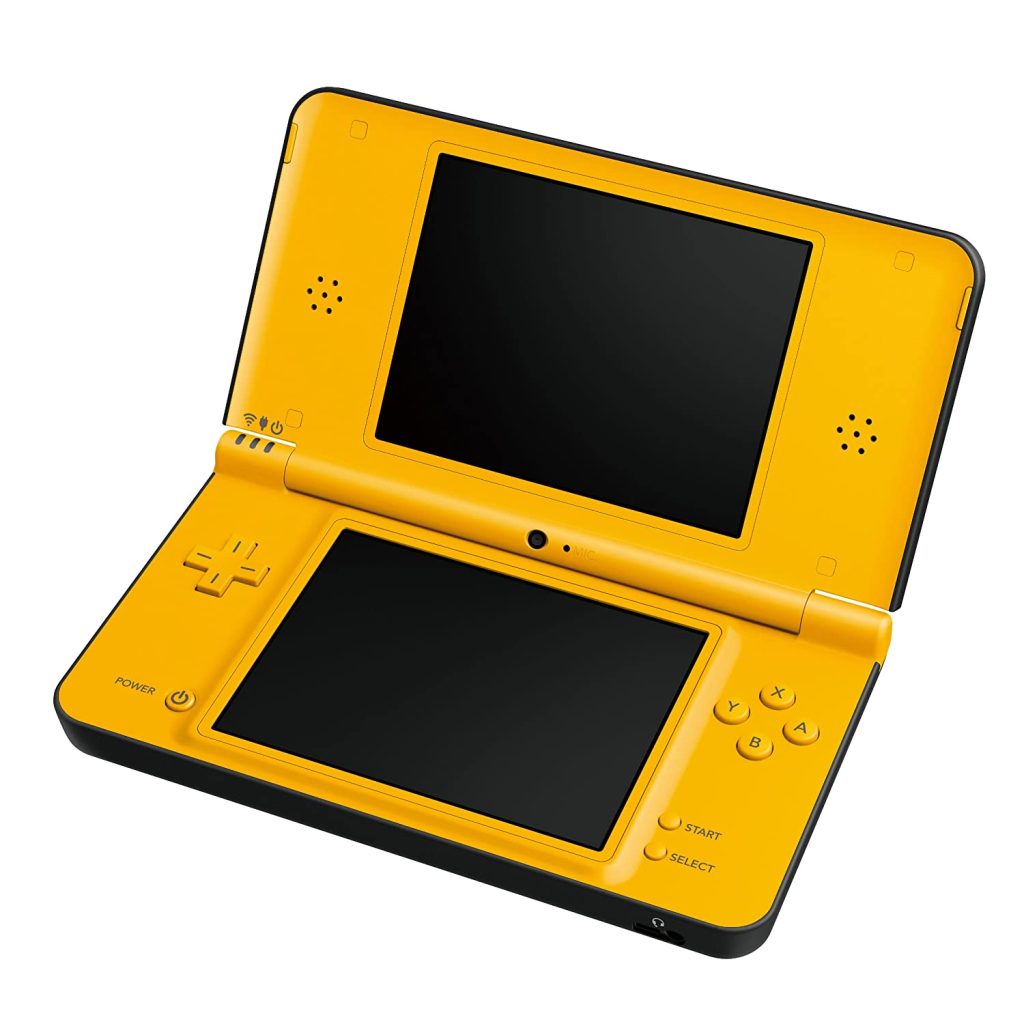
- Targeted older gamers and families.
- Featured larger screens (4.2-inch) and wider viewing angles.
- Came pre-installed with apps and games.
| Screen Size | 4.2 inches (both) |
| Weight | ~314g |
Commercial Success
The Nintendo DS became one of the best-selling video game systems of all time.
- Over 154 million units sold worldwide, making it Nintendo’s most successful hardware.
- Massive success in Japan, North America, and Europe.
- Popular among casual and hardcore gamers alike.
Popular Games
Some of the most iconic games on the DS include:
- New Super Mario Bros.
- Mario Kart DS
- Pokémon Diamond/Pearl/Platinum
- The Legend of Zelda: Phantom Hourglass
- Brain Age: Train Your Brain in Minutes a Day!
- Animal Crossing: Wild World
- Nintendogs
- Phoenix Wright: Ace Attorney
Legacy
The DS redefined handheld gaming:
- Brought touch and voice controls into the mainstream.
- Popularized non-traditional “blue ocean” games like Brain Age and Nintendogs.
- Laid the groundwork for the Nintendo 3DS, which added stereoscopic 3D.
- Influenced mobile and tablet gaming with its touchscreen interface.
Fun Facts
- “DS” was originally a codename, but became the official name.
- Game Boy compatibility was removed starting with the DSi.
- Developers loved the DS for its unique input methods, which allowed for creative gameplay.
- Many of its features were experimental but ended up being industry-changing.
Nintendo DS Was A Revolution
The Nintendo DS was not just a handheld console, it was a revolution in how games were played. Its innovative design, accessible game library, and massive popularity reshaped the gaming landscape. Today, the DS remains a beloved platform and a landmark moment in Nintendo’s legacy of innovation.
You might also like
More from CONSOLES
Nintendo Wii Mini: Complete History, Versions, and Specs (2012)
The Nintendo Wii Mini is a lesser-known variant of the highly successful Nintendo Wii console. Designed as a more affordable …
Nintendo Switch: The Complete History and Versions of Nintendo’s Hybrid Revolution (2017)
Introduction When the Nintendo Switch was launched on March 3, 2017, it wasn’t just a new console, it was a radical …
Nintendo Pokémon Mini, One Of The Most Compact Handheld Consoles Ever Released! (2001)
The Nintendo Pokémon Mini is one of the most unique and compact handheld consoles ever released. Designed specifically to capitalize …
